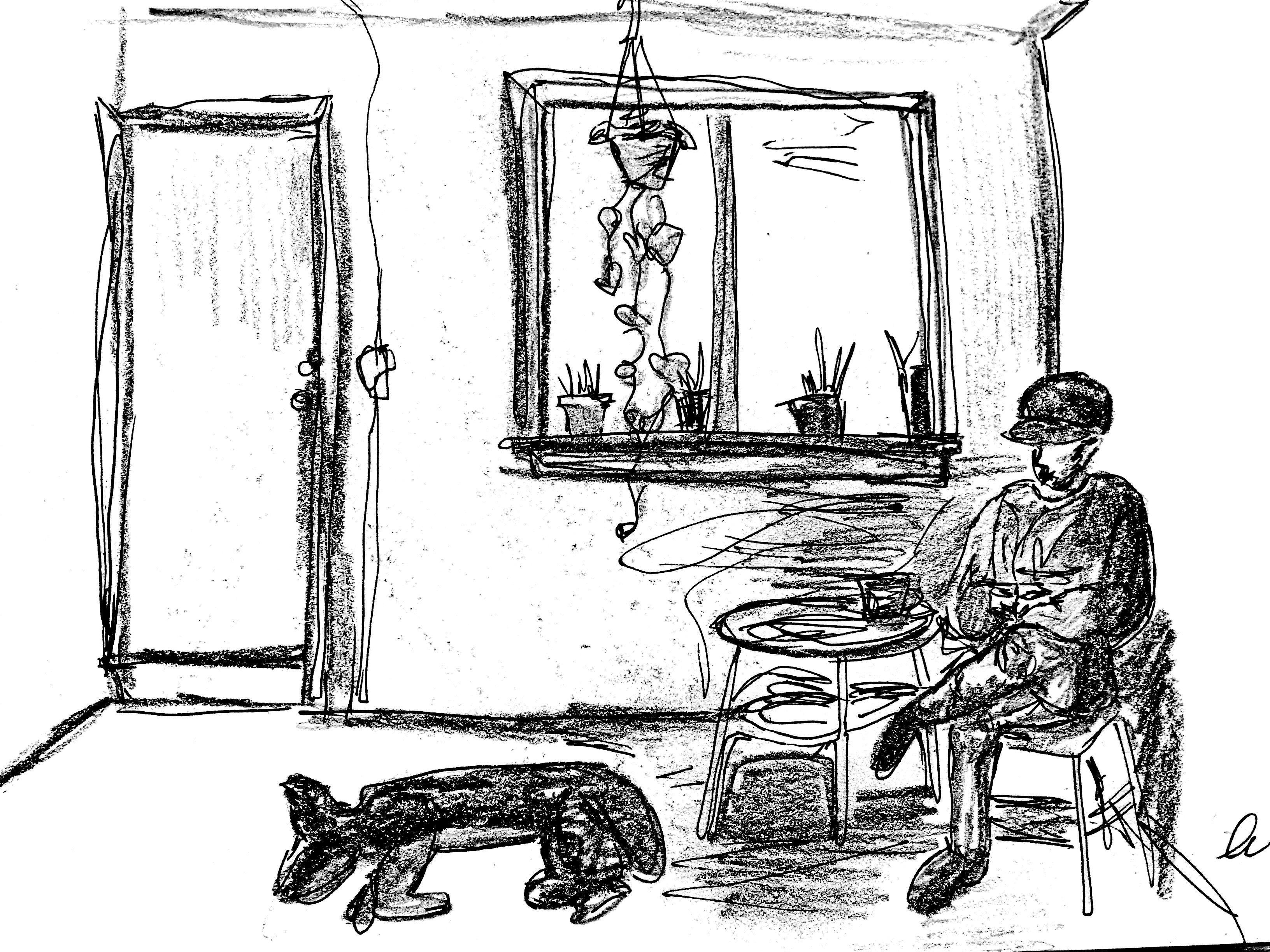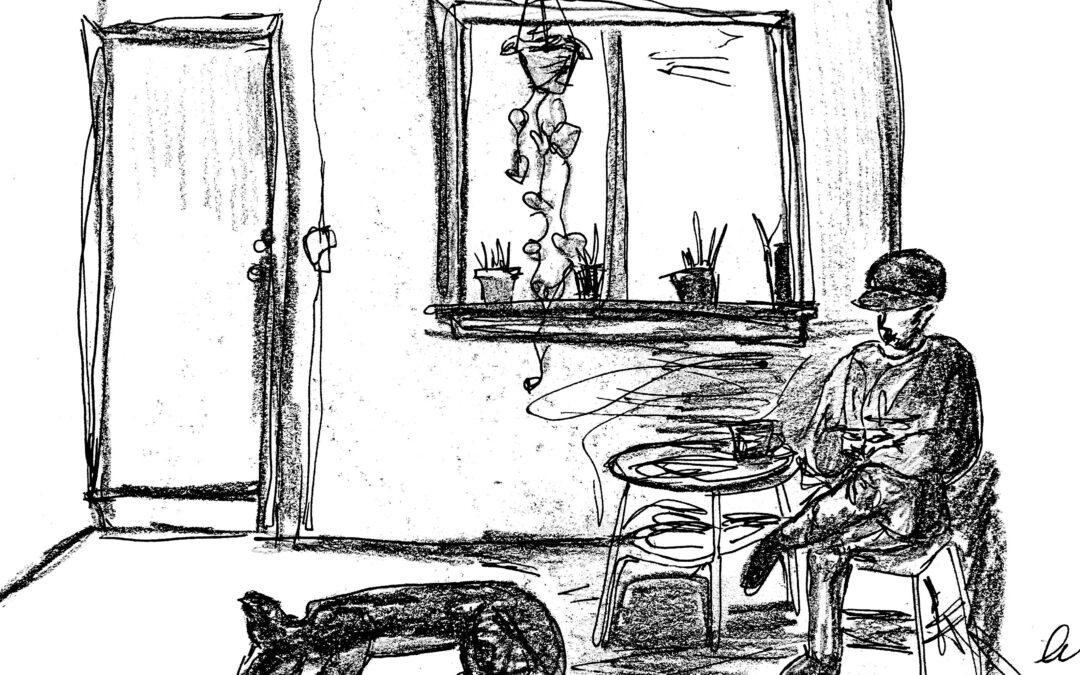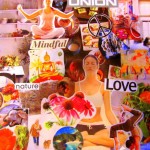 I was recently told that a benefactor would contact me about the work I’ve been doing for the Evergreen Yonge Street Mission in Toronto—I provide naturopathic services to street-involved youth twice a month in the drop-in health clinic. There is a natural health company that might be interested in sponsoring some of the naturopathic services. However, in order to understand where their money is going, they want to hear some success stories before they consider if and how much to donate. Are the services working? They want to know. Since I, more than anyone, appreciate the power of a story and, since I’m trying to raise some money to expand the services I provide myself, I thought I’d tell one. Names and details have been changed.
I was recently told that a benefactor would contact me about the work I’ve been doing for the Evergreen Yonge Street Mission in Toronto—I provide naturopathic services to street-involved youth twice a month in the drop-in health clinic. There is a natural health company that might be interested in sponsoring some of the naturopathic services. However, in order to understand where their money is going, they want to hear some success stories before they consider if and how much to donate. Are the services working? They want to know. Since I, more than anyone, appreciate the power of a story and, since I’m trying to raise some money to expand the services I provide myself, I thought I’d tell one. Names and details have been changed.
—
A shift at the mission lasts a few hours. Youth sign up for the adolescent medicine specialist and her Sick Kid’s Hospital resident, dental work or me, the naturopath, represented under the heading “naturopathic medicine/acupuncture”. There is no money for supplements—and supplements can be expensive—and the youth I treat don’t have money to buy food let alone a bottle of melatonin. So I do acupuncture.
Eduardo was waiting when it I called him. He was lying face up on the bench in the waiting area, looking at a pamphlet on “dope addiction”. He was wearing sunglasses. When he came into the visit, he didn’t take them off, despite the low-level lighting of the treatment room I occupy. It felt strange to talk to someone’s dark glasses, not making eye contact with them as we spoke. I wondered vaguely if I should tell him to take off the glasses, and then left it alone—his comfort as the patient should take priority over mine. Why challenge his autonomy and further push the power imbalance by telling him to do something that was not fully necessary? I worked around the glasses, moving them aside slightly in order to needle the acupuncture point yin tang, located between the eyebrows. The glasses stayed on. So be it.
Eduardo and I spoke Spanish, as his English wasn’t strong. He spoke of feeling shaky, showing me his tremoring hand to prove it. When did the shakiness start? I inquired. When I overdosed on crack, he explained. Well, that would do it, I thought to myself, although you can imagine my clinical experience with crack overdose was limited—there aren’t that many crack overdoses in Bloor West Village.
As it turned out, Eduardo had a significant dependence on marijuana, smoking 7 grams a day while in his home country. When he bought pot on the streets in Toronto, however, he found one deal laced with crack. He ended up in the hospital after smoking it. Another time, his weed was laced with meth.
He held his hand up. I watched it shake. He told me his whole body felt shaky. This would be exacerbated further if he stopped smoking marijuana, he assured me. Had he ever stopped before? I asked. Yes, he said. Why did he stop? I asked him, taking a de-centred approach while staying curious about preferred ways of being. In this case I suspected he preferred to be sober—after all, something had made him stop.
The cost, he explained.
Ah, that, I thought. Well, it makes sense.
Any other reason? I asked him.
He explained that his family didn’t approve. I asked him why. What might they think of marijuana? What did they see him do when he was high that led to their disapproval. Eduardo couldn’t answer. He changed the subject and explained he’d gone back to weed after quitting it that time because it helped him sleep. Since the episode with the crack overdose, though, sleep was difficult. That’s why he was here: to get acupuncture to help with sleep.
Eduardo spoke in a low voice, often responding with a word or two. Despite the glasses shielding his eyes, he kept his gaze on the floor. When I had him lie on the treatment table, I encouraged him to close his eyes and rest while the acupuncture worked.
After a few minutes, I removed the needles. He thanked me shyly and left. Like many of the people I treat, I figured the odds were high I’d never see him again.
—
I was surprised, then, that a month later, I saw him in the waiting area again.
The visit went pretty much the same way as the first with one key difference. The second time he came in, Eduardo removed his glasses, meeting my eyes for the first time.
I was touched.
His sleep was still bad. His mood was still low. He hadn’t smoked crack for a while. He was living in a shelter; his family had kicked him out because of his addiction to marijuana. He implied great trauma in his home country, however he didn’t say much more about it. He mentioned regretting that his English was poor—it had been traumatic to come to Canada.
He told me he was applying for medical marijuana. It would be a safer way to smoke, he told me.
He was practicing harm reduction on himself. I asked him if he considered this “taking steps.” He nodded. I asked him about any other steps he’d been considering. He mentioned swimming. Swimming had been a passion of his in his home country. I got more details about his goals: how often did he want to swim? Where? He decided that 3-5 times a week at the local pool would be ideal. I asked him what he’d first have to do to make that happen. Check the pool times, he answered.
I asked him if he’d ever considered quitting marijuana. He said no, he needed it to sleep and to manage his anxiety. But, you know, it was expensive. And, of course, he repeated, his parents had an issue with it. That was a problem for him. I asked him why it was a problem.
It’s a problem… he repeated. He said nothing more.
We did more acupuncture. He went on his way.
—
Two weeks later, Eduardo came to see me again. He took his glasses off as soon as he saw me.
He reported his sleep was better. He had been swimming 3 times a week at the local pool. He hadn’t smoked crack in a month. He’d stopped marijuana the last time he saw me. He hadn’t smoked for two weeks. He showed me his hand. It wasn’t shaking.
Do you think these are positive developments? I asked him.
He shrugged nonchalantly but failed to disguise the smile that tugged at the corners of his mouth. He looked down.
I put in some acupuncture needles and asked him what his next steps might be. He answered that he thought he might call his old boss back and get back to work. Then he wanted to save money so he could move out of the shelter he was in.
He then started to talk a little bit about his brother who was killed in his home country and his friends who’d betrayed him to another gang resulting in him having to flee for his life. He talked about receiving premonitions in his dreams. This made sleep difficult, but it had also caused him to act and avoid harm—he’d learned from a dream that his friends were untrustworthy. We wondered together if this was more than a source of anxiety, but a special skill that kept him safe. Maybe he wouldn’t have to be vigilant if important warnings came to him in his dreams. I wondered if marijuana, along with helping hims sleep had hindered that gift. He thought about that for a while.
When he left he asked me how many more acupuncture treatments he might need. I told him to come in as often as he liked but 8-10 was a good starting point.
Ok, he said, it’s been 3 so far.
Right, I said. It’s been 3.
Ok, he said. See you in two weeks.
He put his glasses back on and walked out into the chaos of Yonge Street. There was a street festival going on.
—
At one point in my time spent with Eduardo, one of the staff at the mission inquired about his mental capacities. Apparently the psychiatrist he’d been working with was considering a diagnosis of mental retardation or severe learning disability–it was taking him so long to learn English and he was often slow to answer questions.
No disrespect to psychiatry: the more I work with mental health, the more respect I have for the utility, albeit limited, of psychiatric assessments and medications. For many people, and when applied delicately and sensitively, these things add powerful meaning and serve as important life savers. However, I want to emphasize the importance of lowering practitioner power, understanding the challenges another person may face in their life and respecting the autonomy, decision-making power and special skills of the individual who seeks health care. In addition, rather than looking for the problem in the person, what success stories are they bringing forth? What goals have been set and what steps have been taken already?
I often comment that the stories I hear and the conversations I have in the work I do are not the least bit depressing. Sure, the youth have dark, complicated, often horrific pasts. However, every individual is a collection of hopes, dreams, goals and personal strengths and abilities. Every person that comes to see me wants something more for themselves and has already exercised an ability to move closer to their preferred ways of being in the world, showing me the incredible capacity for human strength and endurance. The only difference, between the perspective I get to enjoy and the one seen by other health professionals, however, is that I look for stories of strength. Because strength is always there, waiting for a thoughtful question to bring it into the light.
To contribute to the Yonge Street Mission naturopathic services and for more information on the campaign, please click here. Donations are made in USD.








Awesome and fascinating written work! A debt of gratitude is in order for the tips! don’t hesitate to send me your next blog entry. What you are expounding on is well done.
Send me information health new blog posting inf02gethernewsupdate”gmail.com
I love this story. Great work on part of this young man and you, Talia. I’m so glad you are there to provide support for these youth. All the best